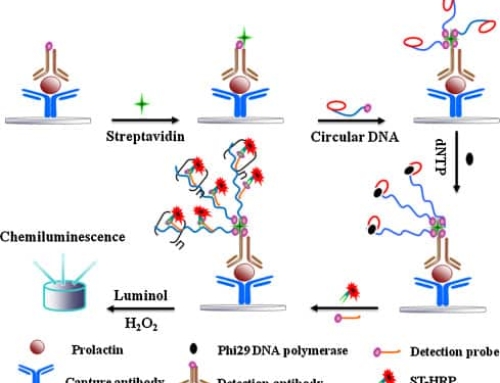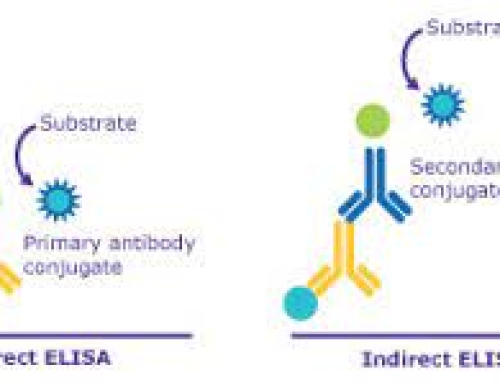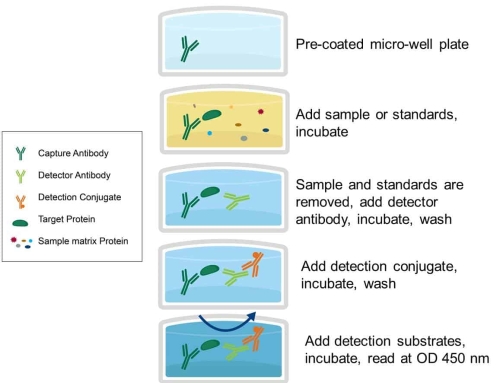These guidelines are intended to guide the preparation and writing of registration documents for D-dimer assay reagents (immunoturbidimetry) and provide a reference for the review of registration documents by the technical review department.
This guiding principle is a general requirement for D-dimer determination reagent (immunoturbidimetry). Applicants should determine whether the content is applicable according to the specific characteristics of the product. If it is not applicable, the reasons and the corresponding scientific basis should be explained, and the registration information should be based on the specific characteristics of the product to enrich and refine the content.
these guiding principles are guidance documents for use by applicants and examiners and do not involve administrative matters such as registration approval, nor are they enforced as regulations. if there are other methods that can meet the requirements of the regulations, they may also be used, but detailed research and validation information should be provided. This guiding principle shall be used in compliance with the relevant regulations.
this guiding principle is formulated under the current regulations, standards system and current cognitive level. with the continuous improvement of regulations and standards system and the continuous development of science and technology, the relevant contents of this guiding principle will also be adjusted in due course. I. Scope of application
In terms of methodology, in this paper, the D-dimer assay reagent refers to the in vitro quantitative analysis of D-dimer content in human plasma samples in medical laboratory based on the principle of latex agglutination immunoturbidimetry using automatic, semi-automatic coagulation analyzer, automatic, semi-automatic biochemical analyzer or spectrophotometer. According to the Procedures for the Registration of In vitro Diagnostic Reagents (Order No.5 of the State Administration of Food and Drug Administration), the D-dimer determination reagent management category is category II and the classification code name is 6840.
These guidelines do not apply to:
(i) Separate D-dimer calibrators and quality control products applying for registration.
(ii) A kit for the determination of D-dimer other than the principle of immunoturbidimetry.
II. Requirements for Registration Materials
(i) Summary information
The summary materials mainly include the intended use of the product, the product description, the description of the related biological safety, the summary and evaluation of the main research results of the product and the introduction of the marketing of similar products, etc., which should be in accordance with the Measures on the Registration of In vitro Diagnostic Reagents (Order No.5 of the State Administration of Food and Drug Administration) and the requirements and approval certificates for the publication of the registration of in vitro diagnostic reagents the relevant requirements of the notice in the format of the document (State Administration of Food and Drug Administration Proclamation No.44 of 2014), the following focuses on the clinical background related to the intended use of the D-dimer determination reagent.
D-dimer is a specific degradation product produced by the hydrolysis of fibrin monomer through the activation factor XIII, which can reflect the coagulation function and fibrinolytic activity in the body, and is the index of hypercoagulability, thrombosis and secondary hyperfibrinolysis. Higher levels in deep venous thrombosis, pulmonary embolism, disseminated intravascular coagulation, severe hepatitis, and after thrombolysis The elevated D-dimer level can be used as an effective observation index for thrombolytic therapy. because of its extremely high sensitivity and negative predictive values, d-dimer negative has been clinically used as an important basis for the elimination of pulmonary embolism (pulmonary embolism, pe), deep venous thrombosis (dvt) formation.
(ii) Research materials for major raw materials (if required)
Selection, preparation, quality standards and experimental verification of the main raw materials; selection, preparation and determination of raw materials for quality control products and calibrators and test data; traceability documents for calibration products, including details of specific traceability chain, experimental methods, data and statistical analysis.
(c) Research materials on major production processes and reaction systems (if required)
1.Main production process introduction, can be graphically expressed.
2.Introduction of reaction principle.
3.Introduction of testing methods: including sample collection, standard and quality control products, test steps, results calculation, etc.
4.Reaction system research: including sample collection and processing, sample requirements (anticoagulant selection), sample dosage, reagent dosage, reaction conditions (wavelength, temperature, time, etc.), calibration methods (if any), quality control methods and other research materials.
5.The reaction conditions of different applicable models should be detailed separately if there are differences.
(4) Analytical performance assessment data
The enterprise shall submit research materials for all performance validation of the kit during the product development phase, including detailed information on specific research methods, test data, statistical methods, etc. perform at least three batches of validation. For the D-dimer assay reagent, it is recommended to focus on the following analytical properties.





